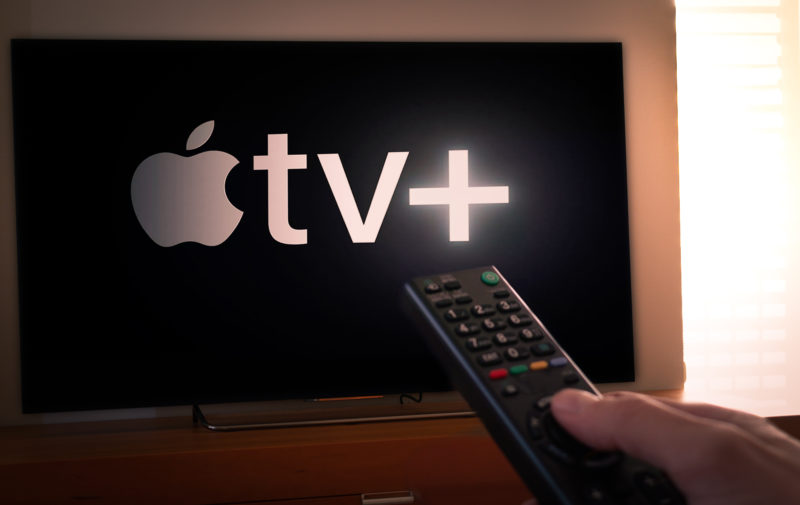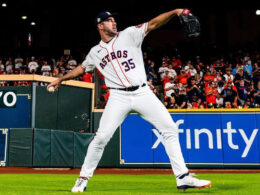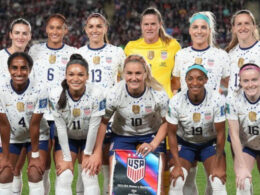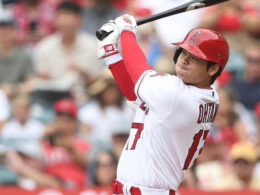By Ryan Bologna
Streaming services have been a hot topic when it comes to the sports viewing experience over the last year or so. The NFL is now broadcasting Thursday Night Football exclusively on Amazon Prime, and MLB has multiple deals with streaming services. Apple TV has taken a unique approach to attracting sports bettors by displaying live probabilities during a game. This brings what is called mico-betting into the spotlight.
Some have argued that there is no sport that is better for micro-betting purposes than baseball, and it makes sense because there are a ton of options. The most popular are listed below:
- Inning moneyline or total
- Team to score in inning
- Result of at-bat
- Result of pitch
You can bet on every pitch of a game and Apple TV has tried to capitalize on that by showing probabilities that change by the pitch during their broadcasts on Friday nights. When tuning into a game, you’ll see probabilities for events like hits, getting on base, or home runs. Those are all geared towards someone placing those micro bets.
These probabilities are by a company called nVenue. The probabilities are made by a machine learning system that uses around 110 inputs to predict at-bats.
However, these probabilities have been under scrutiny. Ben Clemens, a writer for Fangraphs, one of the most popular sites for baseball statistics, commented on nVenues’ process.
“In general, it seems to me the on-screen odds suffer from overfitting,” Clemens said. “Even if you’re not a statistical sort, you can implicitly understand this from watching a few baseball broadcasts over the years. If the screen displays that a hitter is 5-for-7 on Fridays against opposite-handed pitching in the sixth inning or later, you rightly say ‘yeah, that doesn’t sound like it matters.’ A poorly calibrated model might not, though.”
This was in reference to one of the main criticisms of nVenue’s probabilities, which is when Texas Rangers’ infielder Marcus Semien’s probability to record a hit after a strike was thrown to make the count go from 0-1 to 0-2. Any fan would raise an eyebrow at that happening, but nVenues’ statistics said it was the case. It is maybe a case of nVenue looking at Semien’s specific statistics based on the count, which can wrongly disregard probabilities that apply to hitters across the board.
Given that nVenue’s probabilities are from a machine learning system, hypothetically these probabilities will become more accurate in the future. But that is reliant on this system being set up in the right way.
Knowing this, should you let these probabilities play into your betting decisions? As of now, probably not very much. It’s very hard to tell what specifically goes into these statistics. There are plenty of resources available to investigate an individual batter’s matchups against a specific pitcher. Knowing that history and keeping your eye out for those matchups as they occur in the game is probably just as good of a strategy as relying on the probabilities that are displayed on the broadcast.
nVenue is looking to be integrated into U.S. sportsbooks in time for the 2023 MLB season. It will be interesting to see what the sportsbooks decide. If nVenue is able to get its statistics integrated into the sportsbooks, it would be a big boost of credibility for the company.
Photo Credit: Ivan Marc





